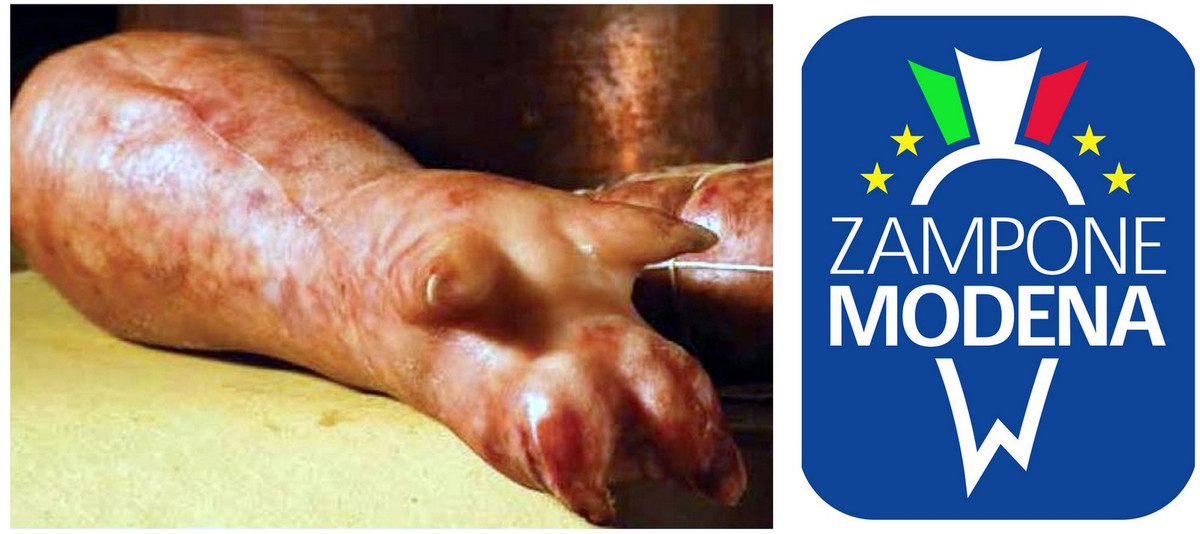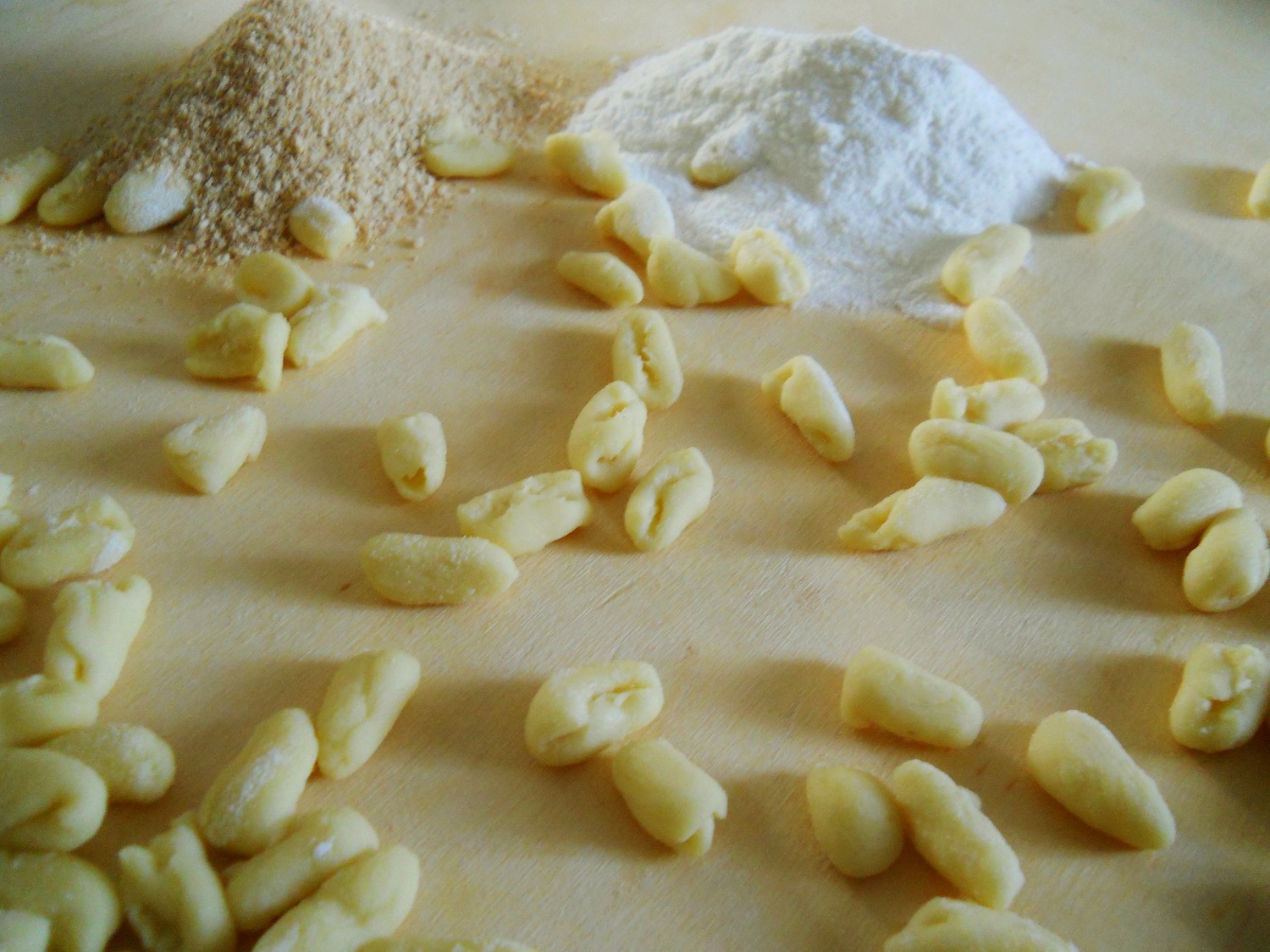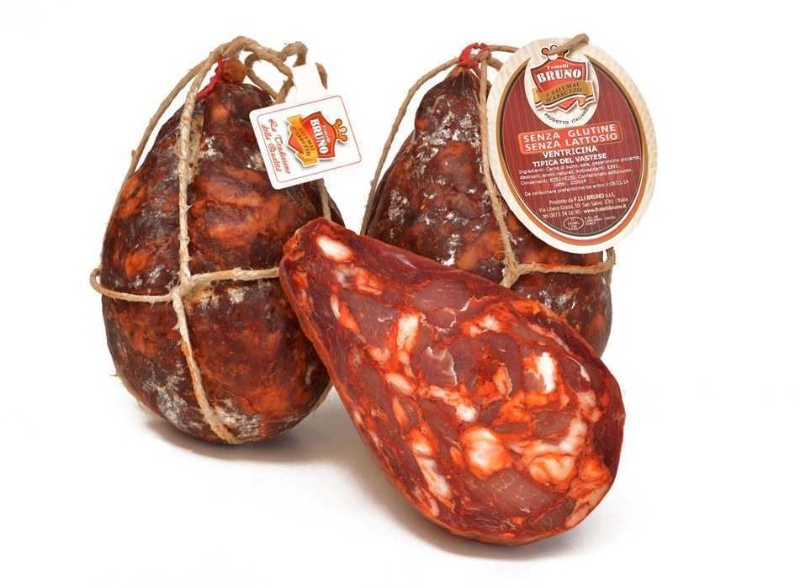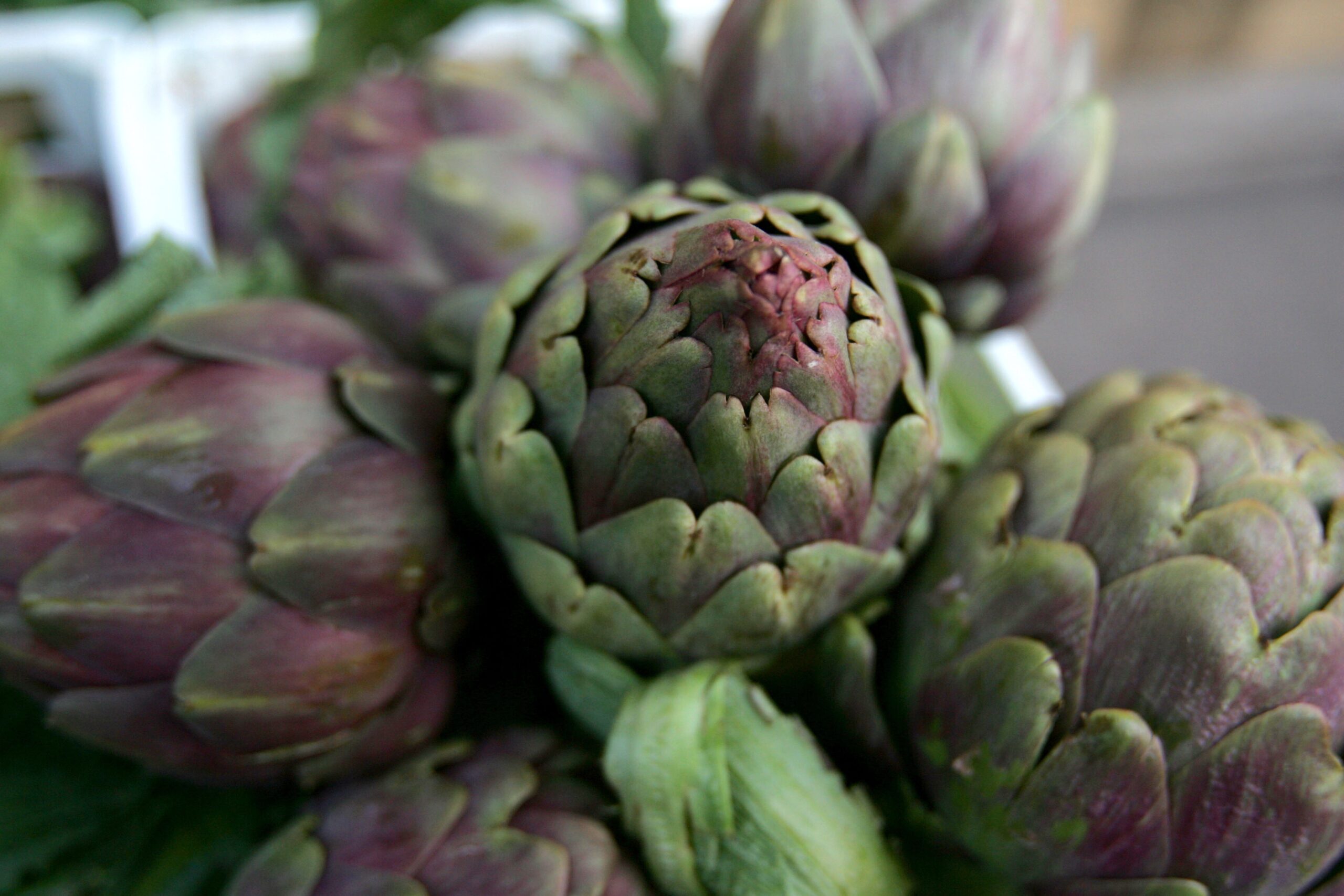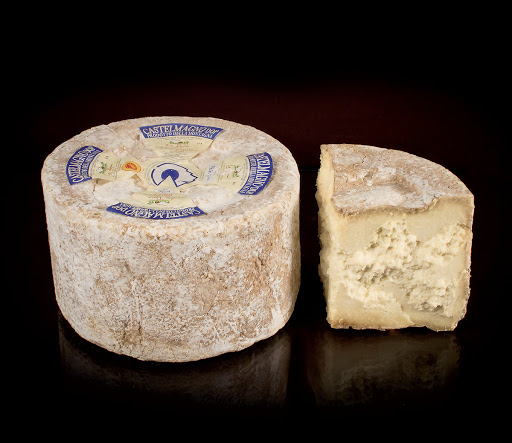According to some historians, the first zamponi and cotechini were prepared in the winter of 1511, during the siege of the city of Mirandola by Pope Julius II della Rovere, to cope with the shortage of food supplies and to obtain a product that could be preserved for a long time.
According to others, without prejudice to the historical period and the siege, it was the inhabitants of Modena who began stuffing the meat first in the rind and then in the legs, giving rise to the famous salumi, which soon spread throughout Italy.
Zampone is a typical Modena sausage made from rind and minced, salted and spiced pork inserted into the skin of the pig’s foreleg, whose shape it takes. Its processing starts from a mixture of pork meat (cheek, head, throat, shoulder), with the addition of salts, flavorings and spices. The meat is minced in grinders with molds with different diameter holes: 7-10 mm for the muscle and fat portions, 3-5 mm for the rind. All ingredients are mixed in vacuum or atmospheric pressure machines and stuffed into the natural casing of the skin of the pig’s foreleg, cleaned, tanned, degreased, complete with distal phalanges and tied at the upper end. At one time, pig’s trotter was mainly marketed raw. The need for long cooking and the demands of greater convenience have led producers to offer a precooked product, which also has longer shelf life due to hermetic vacuum packaging that ensures that its organoleptic characteristics are maintained. The fresh product undergoes drying in a hot-air stove; the cooked product is packaged in airtight containers and undergoes heat treatment in an autoclave at a minimum temperature of 115 degrees centigrade. The pig’s trotter must be easily sliced and the slice must be compact with uniform grain size, pinkish to red in color, uneven.
